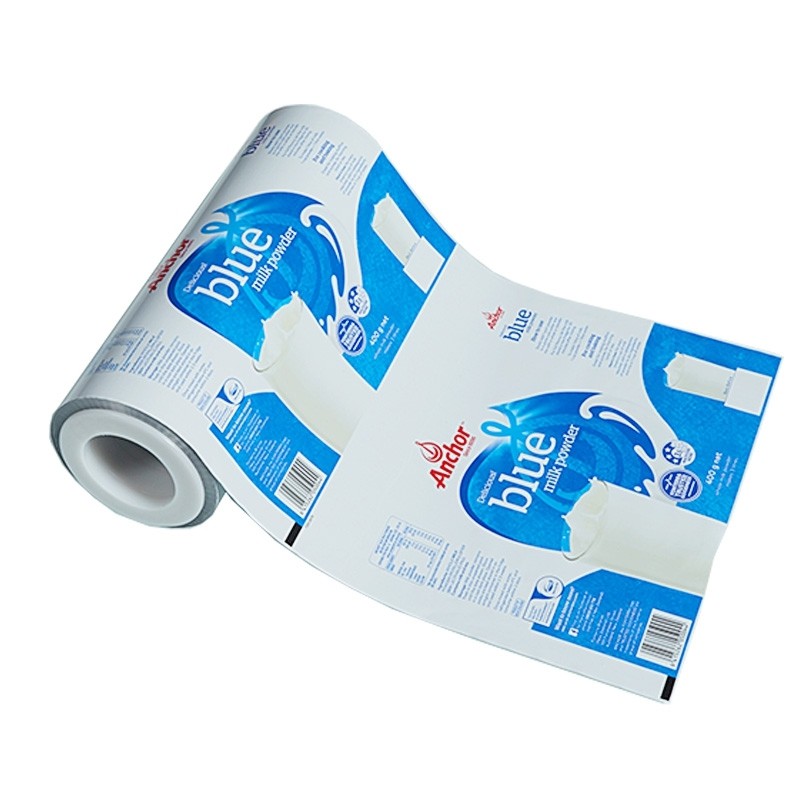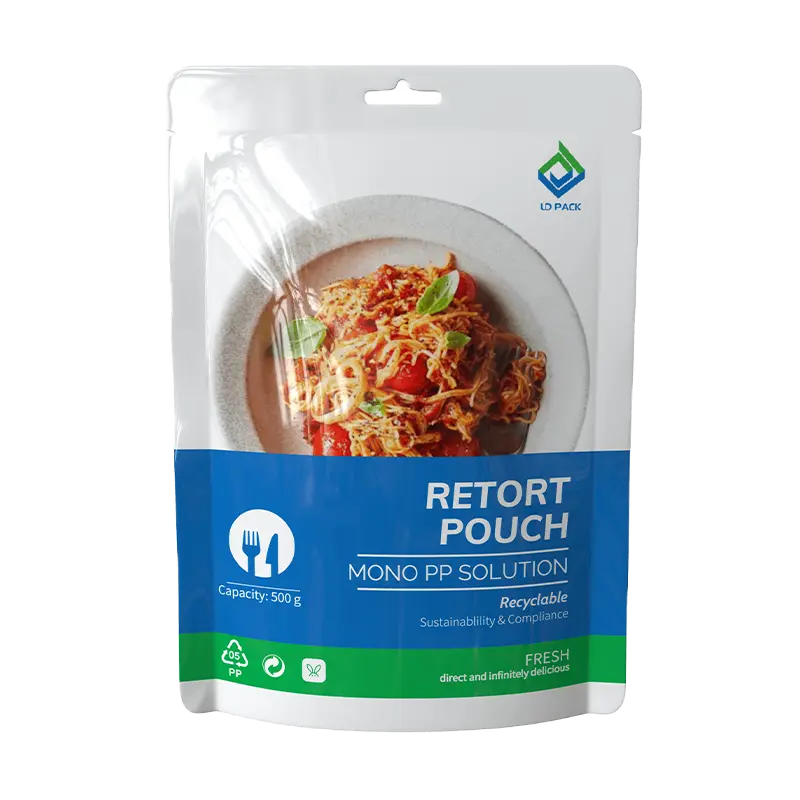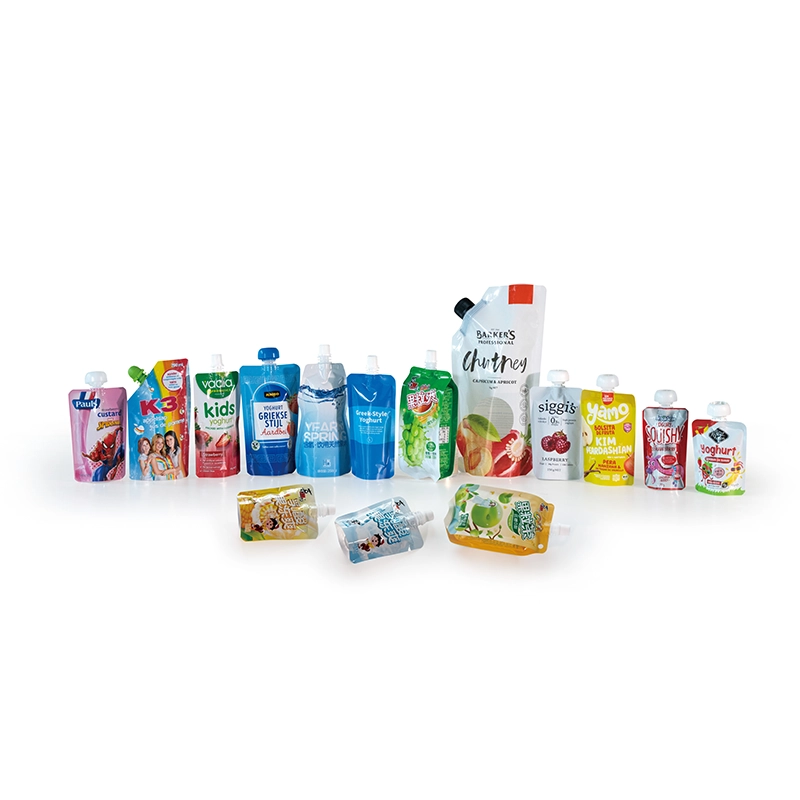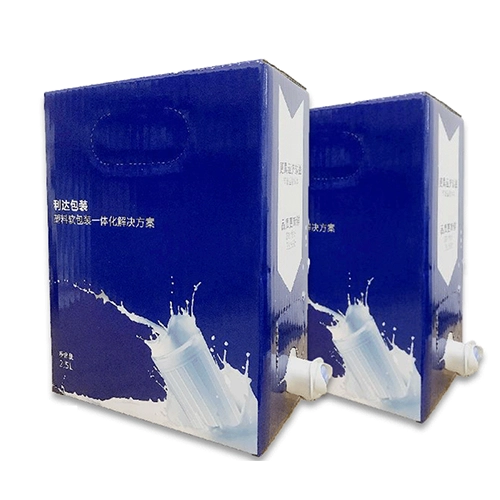Methods & Purpose of Cutting
Methods of Cutting
1. Edge cutting
Cut the edge materials reserved in the previous process, mostly used in the processing of composite film and other materials.
2. Roll slitting
Roll slitting is a shearing operation that cuts a large roll of material into multiple narrower rolls, so as to obtain the desired roll materials of particular specification.
3. Rewinding
Divide a big roll of material with large diameter into several rolls with small diameter. The proper rewinding can make the better appearance and states of the finished products.
We can correct the apparent defects of products and upgrade the products through slitting and rewinding. Because the whole length of the roll stock can be checked again and the defective part can be eliminated, when cutting. No matter what kind of cutting process is used, the materials should meeting the corresponding size(length, width) and technical indicators(flatness, appearance quality, etc.) after cutting.
Customer Requirement Confirmation
Different products and different customers make specific requirements of cutting position, direction of film production, and type of joint, etc. which must be determined before operation.
1. The cutting position refers to the lower cutting point of the cutter. Any cutting machine has a certain slitting deviation.To ensure the integrity of the printing pattern, the cutting position must be well considered and correct, otherwise, it may lead to the pattern defects and tracking difficulties of the automatic packaging films. So the cutting position must be strictly clarified when designing products and cutting processing.
2. Direction of film production
The direction of film production refers to the unwind direction of the finished roll stock of automatic packaging or the semi-finished roll stock of bag-making. The correctness of unwind direction will directly affects the code printing position of the automatic packaging machine and the sealing position of bag-making, as well as the cutting position of special shape.
3. Type of joint
There are two types of joint, flat joint and lap joint. The wrong direction of the joint may cause the automatic packaging machine doesn’t run smoothly, or the film may be stuck or broken, resulting in shutdown and decline in production capacity. so we must determinate the correct type of joint in accordant with customers requirements, which shall be clarified when LD PACK signs contracts with customers. As an industry expert, LD PACK will consider all things for the customers.
4. Joint bonding
The joint is generally bonded by the ways of pattern docking or cursor docking. It can fully ensure that the film is not affected by the joint when processing, avoiding production disruption.
5. Color of the joint tape
PP tape is ordinarily used to bond the films. And the color of the tape is usually chosen with high contrast to the background color of the products. (red, yellow, colorless, etc.), so as to be identified by the automatic packaging and bag-making machines easily.
6. Anti-static processing
Static electricity is a big hidden danger in the production of flexible packaging, because it will cause problems such as uneven film cutting and winding and material dumping. At present, the electrostatic eliminator is commonly used and kept running when cutting the normal films, special products excepted.





